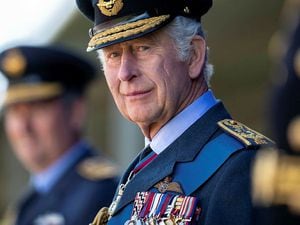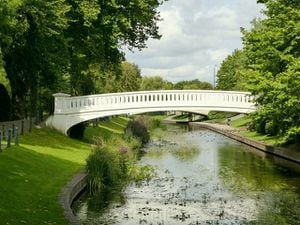Baby anteater clings onto mother after becoming first-ever born at Dudley Zoo
A baby anteater is clinging onto its mother and soaking up the sights of the Black Country having become the first such animal born at Dudley Zoo.

The baby is the first offspring of Lyra and Bubbles and came as a lovely surprise to keepers who made the discovery on January 17.
Zoo curator Richard Brown said: “The first baby anteater in our zoo history is fabulous news, especially as we’re marking such a milestone anniversary year.
“Lyra is coping well with first-time motherhood and the pup, who’s yet to be sexed, also appears healthy and alert.

“We’re sure visitors will be as excited to see our new arrival as staff are.”
Three-year-old mum, Lyra, arrived from Yorkshire Wildlife Park less than a year ago to pair with the site’s four-year-old male Bubbles as part of a European Endangered Species Programme and the two hit it off immediately.
The gestation period for an anteater is approximately six months and once the baby is delivered it climbs up onto its mother's back and clings on to her fur, where it will remain warm and camouflaged for protection for several months, becoming independent once aged around 10 months.
Richard added: “The arrival of a baby certainly makes all the hard work of bringing rare animals together worthwhile and hopefully in time, the youngster will be able to move on to another collection and form their own partnership and hopefully have a family of their own.”
Listed as vulnerable on the IUCN Red List, the species, which is native to Central and South America, is under threat, mainly due to habitat destruction.
Detailed matchmaking goes into pairing animals in zoo collections across the globe, which is all carried out by the species’ studbook holder, who makes recommendations based on age and bloodline.
And Dudley Zoo is proud to be linked to many international breeding and conservation programmes as the charity works to ensure the continuing survival of the world’s rarest animals.





